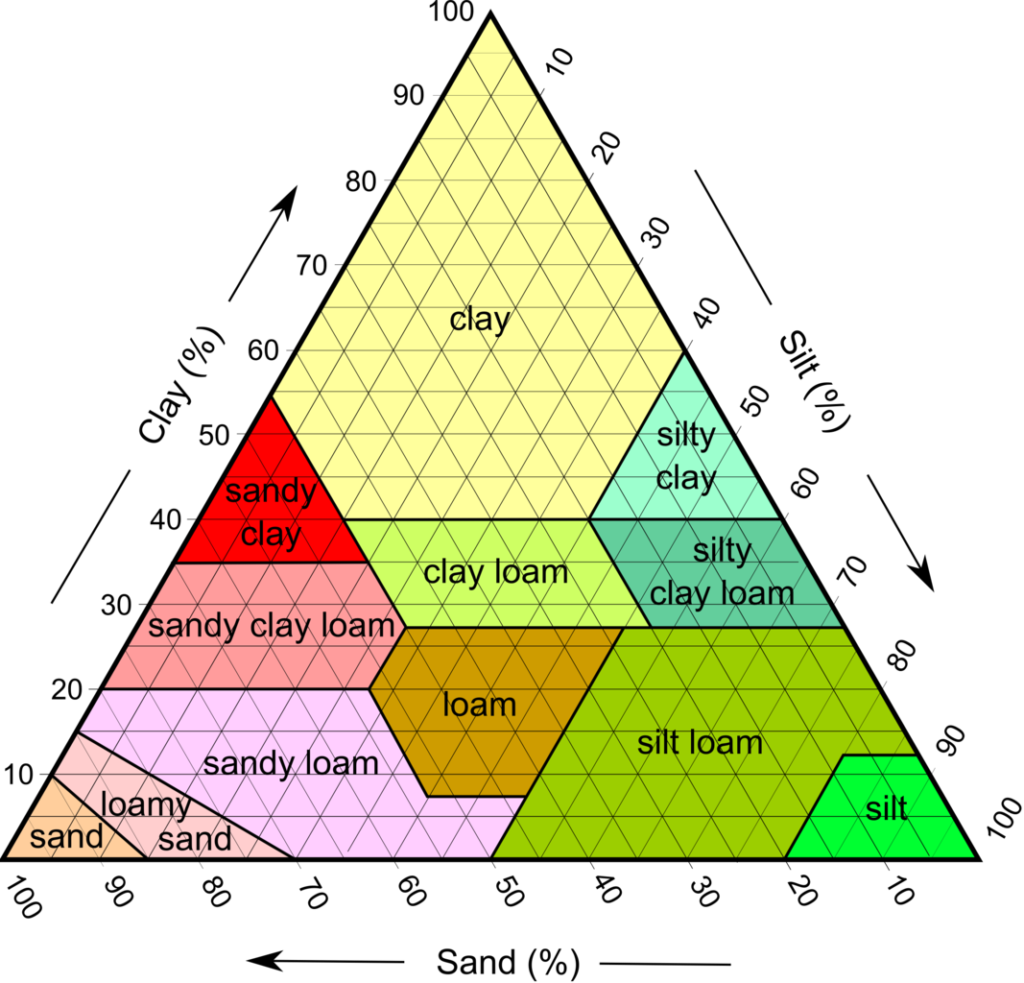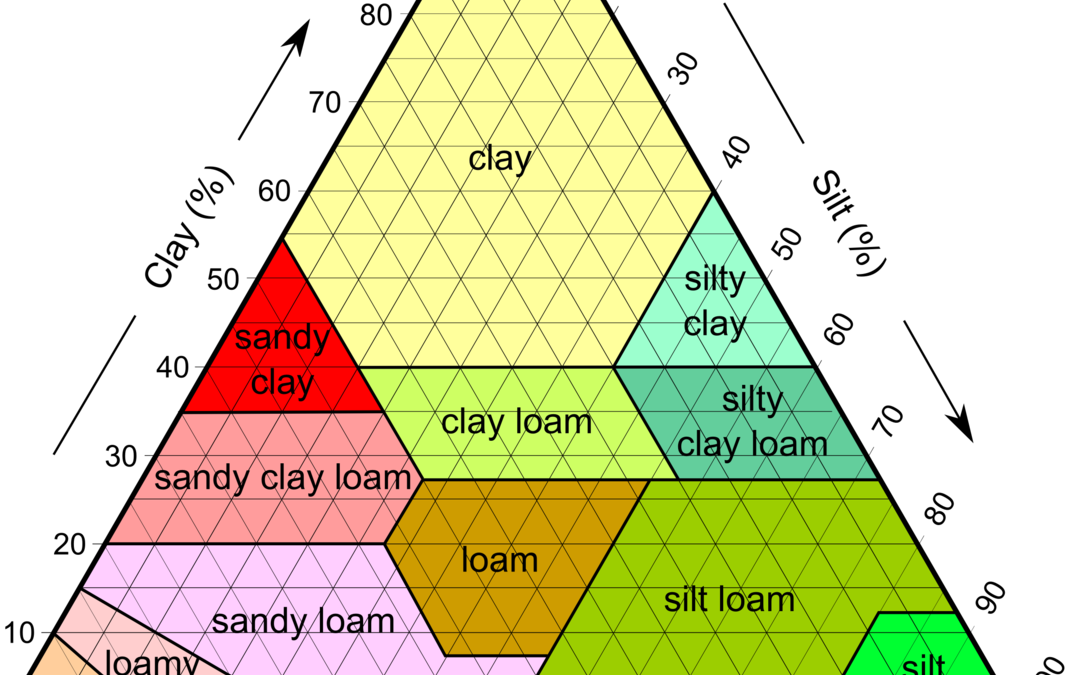The first step to creating a lush, green lawn is understanding your soil. To the frustration of lawn care experts here in Orlando, FL, the soil composition is mostly made up of sand. Healthy lawn care requires smart, careful preparation that starts with prepping the soil for sod – or amending the soil for your existing lawn. You will need to prepare a soil test to know your soil, and soil determines the successfulness of laying grass in your yard.
Nutrient-rich soil that is properly balanced is important for a healthy lawn. You may think dirt is just dirt, and it’s nothing special, but that’s far from the truth. Dirt is a crucial factor in growing a lush lawn. Problems that arise, such as disease, poor growth, weeds, and pests, typically come from a problem with your soil. In Orlando, you need to combat the existing sandy soil by amending it with the correct loam soils and nutrients. This can be a lengthy process that generally requires more effort than a one-time fix.
So, let’s take a look at what your soil should be and how to get it to the right composition.
The Ideal Soil Composition for Your Lawn

Photo: Wikipedia
Different areas have different soil compositions, but the best soil for grass is called loam soil, which is lacking in Orlando. This type of soil is a combination of clay, sand, and silt. Loam soil retains vital nutrients and moisture while allowing air-flow and drainage. Standing water can kill grass, and the air is necessary for proper growth.
Loam soil is made of 40% sand, 40% silt, and 20% clay. If there is too much clay in the composition, water won’t be able to drain properly. If there is too much sand, the water will drain too quickly, and your lawn will be thirsty all the time. So, the proper composition is necessary to keep your lawn happy and prevents you from constantly troubleshooting.
Looking for a shortcut in determining your soil composition? Check out the USDA’s Published Soil Surveys for Florida by clicking here. You’re going to want to check out Orange, Seminole, Osceola, and Lake counties.
Understanding Soil pH Level
Soil pH determines how well your lawn absorbs the vital nutrients needed to grow. Nutrients are crucial for lawn growth, just as they are for human growth! When the soil pH level is off, your lawn is unable to obtain the proper vitamins.
If your soil is too alkaline, the grass may not be able to absorb the nutrients available, even if you apply different fertilizers. Soil that is too acidic face the same problem, causing your grass to turn pale. When your soil pH is wrong, grass won’t be able to tolerate heat stress and drought. It also allows weeds to take over the area.
Testing Your Soil’s pH Level
Luckily, testing your soil’s pH level isn’t hard! The local extension agent in your county can tell you the ideal pH level for the grass in your area. The right level changes from area to area.
You can buy at-home pH tests online, or you can ask the extension office if they analyze soil samples. Take samples from at least ten spots in your lawn, and dig down four to six inches. This depth is where your grassroots will reach.
It is necessary to test your soil before you apply any amendments. Amendments improve your soil, but unnecessary soil amendments cause problems. You might lower or increase your soil pH level when it was perfect!
If you decide to take your soil away to be tested, expect results to take 7 to 10 days, but you will get detailed information about your lawn.
Common Soil Amendments
Amendments change and improve soil, and amendments shouldn’t be confused with fertilizers. Fertilizers add nutrients to the soil, but amendments change the condition of the soil itself.
For new Orlando lawns, homeowners should mix the amendments into the soil before planting the new lawn. For established Orlando lawns, you apply the amendments to the surface and water them in, which doesn’t disturb the grass. Amendments sink into the soil and get to work. This process is called topdressing.
Many types of soil amendments exist, and here are the most common choices.
- Gypsum: Gypsum helps when your pH level is appropriate, but you still have problems. It modifies the soil by allowing water to absorb easily and loosening up the soil with too much clay. Gypsum adds more calcium to the soil, and it’s a great tool for vegetable gardeners.
- Lime: Lime raises the soil pH level, which is important if your soil is too acidic. An acidic soil struggles to absorb nutrients properly. Best of all, lime gets to work immediately as soon as you water it into the ground. Be careful because lime can burn your grass, so never apply more than 50 pounds per 1,000 square feet.
- Organic Matter: Organic matter such as compost or rotted leaves, improve the soil and allows water and air to move through easily. Applying organic matter to your lawn improves the soil’s ability to hold water and nutrients while increasing beneficial micro-organisms in your soil.
- Elemental Sulfur: Sometimes, your soil is too alkaline (pH over 7.5), or you want to grow a plant that requires a lower pH level. In these cases, elemental sulfur lowers pH slowly over time. You can mix into the soil or water in a granular form.
- Ammonium Sulfate: This amendment is high in nitrogen and contains sulfur. It works to feed your lawn while lowering the pH level faster than elemental sulfur.
How to Adjust Your Soil Composition
Now that you tested the soil and determined if alterations are necessary, it is time to get down to business.
- Look at your current soil composition. If there is too much clay, try adding coarse sand, bark, or sawdust. (Though this unlikely not the case in Orlando.) Sandy soil needs organic matter, such as compost, to retain moisture. Too much silt can benefit from compost or dried pine park to provide good drainage.
- Find out your soil’s pH level. A pH between 0 and 7 is acidic Soil between 7 and 14 is considered alkaline. Ideally, your soil test would show that results between 6 and 7. Luckily, if your pH level is off, correcting is easy.
If your soil is too acidic, try adding lime treatments to bring a more neutral state. In a pinch, wood ashes increase a pH level, but they aren’t as strong as lime. To balance your alkaline soil, adding sulfur is a cheap choice but ferrous sulfate or aluminum sulfate is even better. If you need to lower the alkalinity, try applying compost.
- Make sure to apply all nutrients. Plants require three main nutrients to grow – potassium, nitrogen, and phosphorus. Nitrogen encourages plant growth. Phosphorus transfer energy from sunlight to the grass while stimulating root growth. Potassium helps the plant resist diseases and increases durability. Apply a balanced fertilizer to your lawn in the fall for ideal growth.
The soil is the basis of a healthy lawn. All homeowners or lawn care companies should test the soil before applying treatments. If you understand the soil in your yard, you can save money and time because it reduces random troubleshooting when you encounter problems.
For example, you might assume you have a nitrogen problem, so you apply a fertilizer high in nitrogen. The excess nitrogen causes your grass to weaken, leading a pest and disease problem. Now, you made more issues! Testing your soil and applying the necessary amendments is the best first step you can take to create a healthy lawn.

